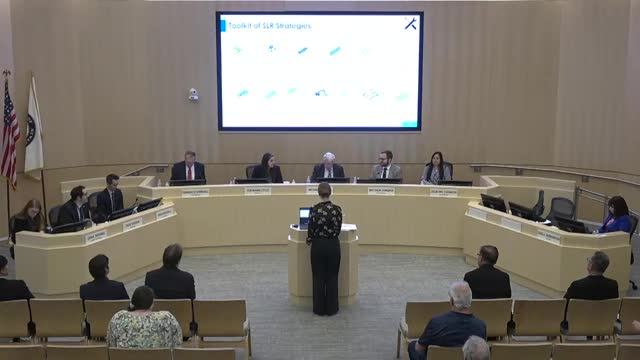Newark City Council Reviews 2024 Homelessness Count and Action Plan Updates
July 26, 2025 | Newark, Alameda County, California
This article was created by AI summarizing key points discussed. AI makes mistakes, so for full details and context, please refer to the video of the full meeting. Please report any errors so we can fix them. Report an error »

During the recent City Council meeting in Newark, significant discussions centered around homelessness, highlighting the city's ongoing efforts to address this pressing issue. Recreation and Community Services Director Nick Cuevas presented the results of Alameda County's 2024 Point in Time (PIT) count, which revealed that Newark has 76 individuals experiencing homelessness—47 unsheltered and 29 sheltered. This figure represents approximately 0.8% of the total homeless population in Alameda County, which was reported at 9,450.
Cuevas emphasized the importance of the PIT count, a biannual census that provides a snapshot of homelessness on a single night. He noted that Newark's local team, comprised of city staff and volunteers, played a crucial role in gathering data, which helps shape local policies and programs. The count revealed a notable gender disparity, with 74% of the homeless population identifying as male, and highlighted racial disparities, particularly the overrepresentation of Black residents among the unhoused.
The city’s response to homelessness includes a coordinated effort among various departments and community partners. Cuevas outlined the services available to the unhoused, including the Second Chance shelter, which operates at nearly full capacity. He also discussed the city's first five-year Homelessness Action Plan, which is currently in the proposal review stage, with plans to select a consultant by September 11.
Council members expressed appreciation for the presentation and the work being done to support the homeless community. They raised concerns about the need for additional resources, such as mobile hygiene units, and discussed the challenges of engaging individuals who may be resistant to accepting help. The city is exploring options to provide more amenities and support, especially during inclement weather.
In conclusion, the meeting underscored Newark's commitment to addressing homelessness through data-driven strategies and community collaboration. As the city moves forward with its action plan, residents can expect ongoing updates and opportunities for public engagement in shaping future initiatives.
Cuevas emphasized the importance of the PIT count, a biannual census that provides a snapshot of homelessness on a single night. He noted that Newark's local team, comprised of city staff and volunteers, played a crucial role in gathering data, which helps shape local policies and programs. The count revealed a notable gender disparity, with 74% of the homeless population identifying as male, and highlighted racial disparities, particularly the overrepresentation of Black residents among the unhoused.
The city’s response to homelessness includes a coordinated effort among various departments and community partners. Cuevas outlined the services available to the unhoused, including the Second Chance shelter, which operates at nearly full capacity. He also discussed the city's first five-year Homelessness Action Plan, which is currently in the proposal review stage, with plans to select a consultant by September 11.
Council members expressed appreciation for the presentation and the work being done to support the homeless community. They raised concerns about the need for additional resources, such as mobile hygiene units, and discussed the challenges of engaging individuals who may be resistant to accepting help. The city is exploring options to provide more amenities and support, especially during inclement weather.
In conclusion, the meeting underscored Newark's commitment to addressing homelessness through data-driven strategies and community collaboration. As the city moves forward with its action plan, residents can expect ongoing updates and opportunities for public engagement in shaping future initiatives.
View full meeting
This article is based on a recent meeting—watch the full video and explore the complete transcript for deeper insights into the discussion.
View full meeting
